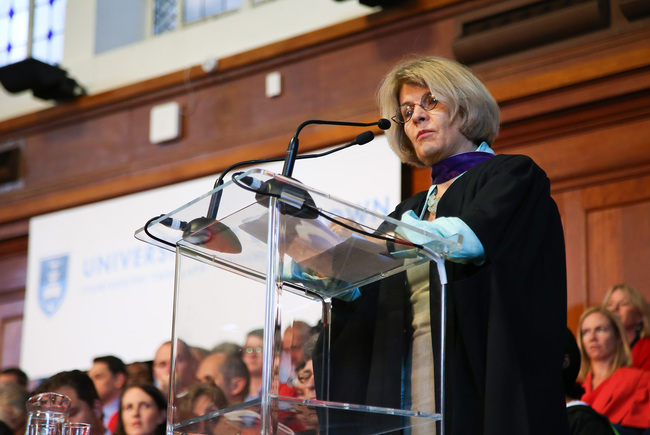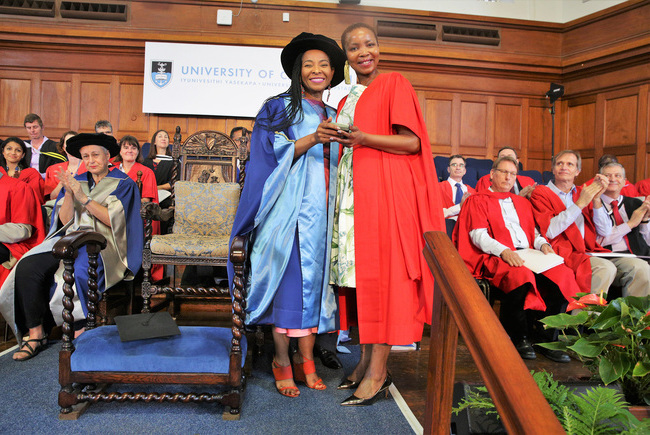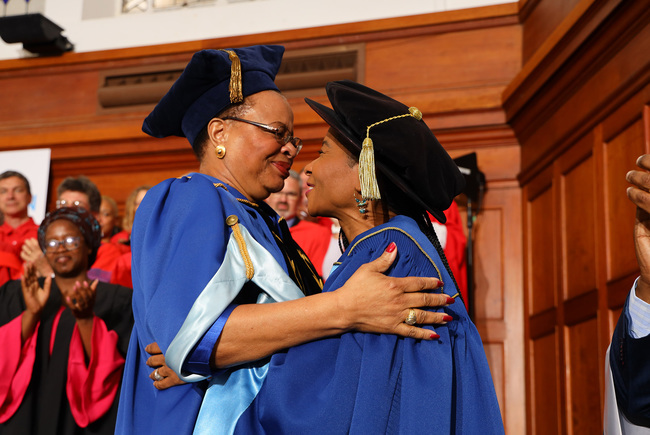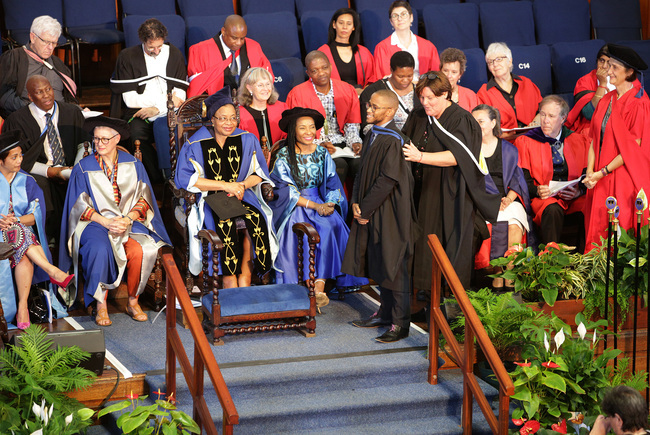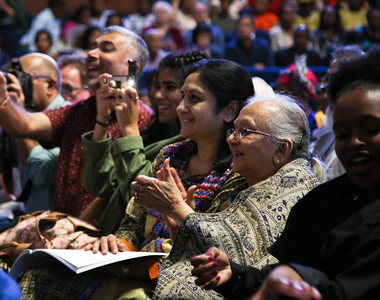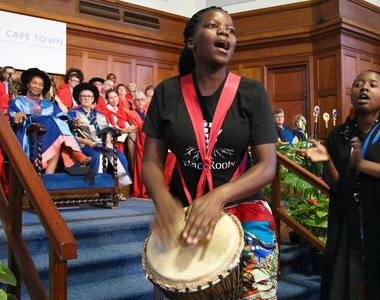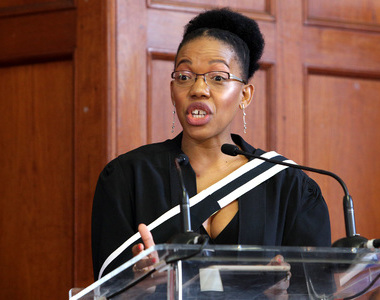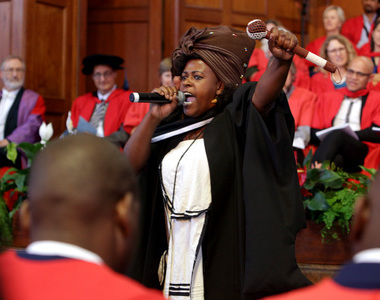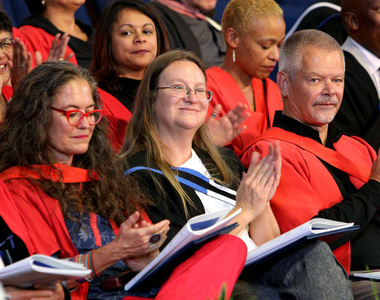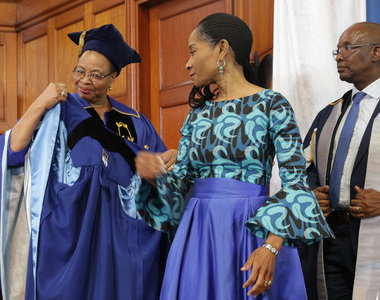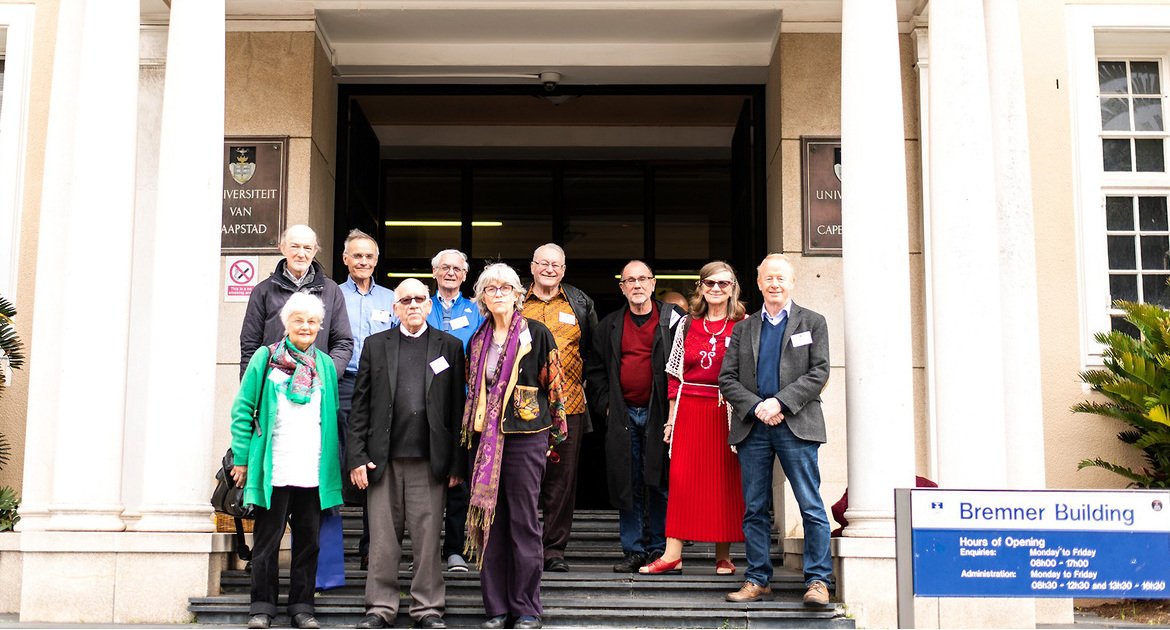Magical flute’s links to early Islamic robotics
19 March 2019 | Story Helen Swingler. Photos Cara Stacey. Read time 7 min.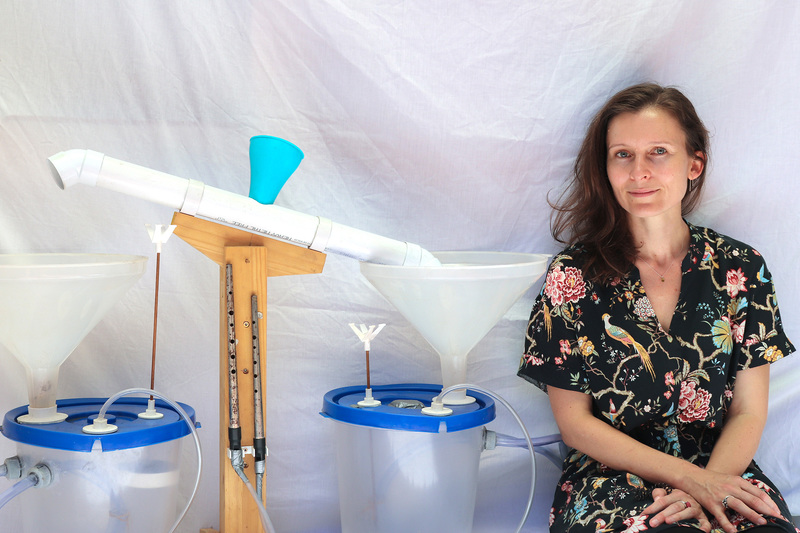
University of Cape Town (UCT) scholar Dr Cara Stacey’s recreation of a 12th century water-powered perpetual flute provides intriguing insights into the work of early Islamic inventors; their fusion of craftsmanship and ingenious mechanics, and their contribution to the nascent field of robotics.
Their mechanical water clocks and musical instruments, fountains, drink dispensers, and, yes, hydro-powered automatic gates, drew on the technological and cultural innovation of the Islamic Golden Age. This saw scholars drawing from Greek, Sanskrit and Chinese knowledge.
Stacey is a musician and musicologist in the Faculty of Humanities’ Re-centring AfroAsia project, a multipronged research, mapping and archiving project supported by the Andrew W Mellon Foundation.
Its goal is to shake up the country’s “colonial” humanities research and create an Afro-Asian community of scholarship that looks back, way beyond 1652, for alternatives to Eurocentric aesthetics and Anglocentric scholarship.
The project taps a “vast archive” linked to Africa’s social, political and cultural past: Swahili, Farsi, Arabic, Sanskrit and Mandarin, sources not yet available to southern Africa.
The polymath inventor
Stacey’s project draws on the work of 12th century uber polymath Ibn al-Razzaz al-Jazari (al-Jazari), an Islamic scholar, inventor, mechanical engineer, artisan, artist and mathematician. He was chief engineer at the Artuku Palace, the residence of the Mardin branch of the Artuqid dynasty which ruled eastern Anatolia.
His inventions were prolific and detailed in his renowned text, The Book of Knowledge and Ingenious Mechanical Devices, completed in 1206. This treasury of 100 mechanical devices, with diagrams and building instructions, is best described as a 12th-century DIY guide, (but without the YouTube video, which Stacey later rued).
Eighty of these were various “trick vessels”, incorporating flush systems and weight-driven chain pumps. The designs included a fantastical robotic four-man band that floated on a lake as well as a more practical hydro-powered saqiya design for raising well water.
“My job was to recreate the instrument in the context of Middle Eastern and early Islamic engineering.”
Perhaps his mechanical Elephant Clock is best known. A reproduction (one of several) of this intricate piece, with its Greek, Chinese, Persian, Islamic and African design elements, is housed in the Museum of Science and Technology in Islam in the King Abdullah University of Science and Technology, Saudi Arabia.
Water-powered music
Stacey chose to create a prototype of one of al-Jazari’s four perpetual flutes, water-powered instruments that incorporated siphons, levers and pivots.
She writes: “Many of the designs use what we consider modern innovations, such as feed-back control and closed-loop systems, different types of automatic switching to close and open valves or change of direction of flow, and precursors of fail-safe devices.”
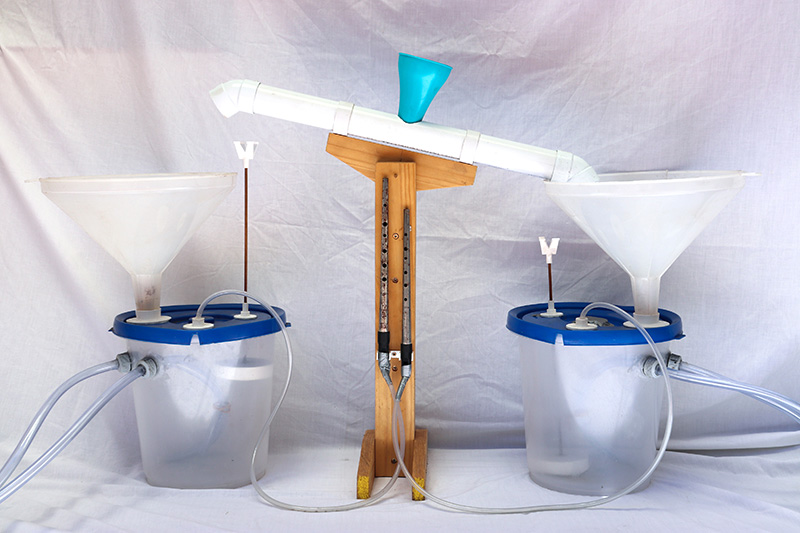
The inventors wanted to create machines that would operate automatically for long periods without human intervention.
The work is the basis of her latest paper, “Al-Jazari’s Perpetual Flutes: Reflections on the recreation of an early, water-based musical instrument”.
“My job was to recreate the instrument in the context of Middle Eastern and early Islamic engineering, as well as moving art, musical organology and Indian Oceanic cultural networking and knowledge.”
While this and similar instruments exist elsewhere, Stacey said there is little scholarship in English that contextualises al-Jazari’s work, his manuscript and the acoustics and aesthetics of this musical artefact within a broader context of engineering, aesthetics, spirituality and kinetic art.
Two-dimensional challenge
Building the prototype was a test of imagination.
Al-Jazari’s diagrams are two-dimensional, conceptual aesthetic representations. There was no technical or detailed applied technology to guide her. Neither did he include information about the materials used – or the sound the instrument produced. It was “a skeleton” that needed to be interpreted.
Initially, Stacey worked with plastic to vary cylinder size, float and siphon pipe position to get the instrument to sound.
“Because al-Jazari didn’t specify the nature of the ‘flute’ portion of this instrument, it was hard to gauge what type of ‘mouthpiece’ or ‘embouchure’ would be appropriate to generate sound.”
She settled for a thin plastic pipe attached to a penny whistle which allowed more than one note to play from each cylinder. And because al-Jazari didn’t describe the ideal sound required, there was room for creative variation.
“When the cylinder was filling, the air was being pushed out through the pipe and the musical instrument and this would create a long, sustained aerophonic musical note. The decay of the note, as the air pressure decreased over time, was prolonged and there was some silence as the water began to siphon out of the first cylinder and a new bucket of water was used to funnel water into the second cylinder.”
This created an interesting moment, said Stacey
“Many readings of the designs imply a type of perpetual motion but in fact, al-Jazari does not describe the water sources or outlets – what one is dealing with here is not a closed system.”
“As one starts to engage with his creations and begin the process of ‘guided rediscovery’, it’s clear that there’s much to be gained from this work.”
Knowing through doing
As a practising musician, Stacey says that the tactile process of engaging with al-Jazari’s ideas through making them materially created numerous moments of “knowing through doing”.
“As one starts to engage with his creations and begin the process of ‘guided rediscovery’, it’s clear that there’s much to be gained from this work in terms of robotics, programming, mechanical engineering and the applied creative arts.”
While making the prototype, Stacey said it became clear that the design could be extended, creating many tuned aerophones, each with a series of notes, larger versions and versions made with different materials to produce a range of sonic timbres.
She writes: “One could compose with every variation of musical tone produced and this hints at the productive, artistic potential in this type of work. What Charles B Fowler wrote in 1967 rings true today: ‘As forerunners of current developments, mechanical musical instruments are audible reminders of what has gone before, and of the vast possibilities that lie ahead’.”
 This work is licensed under a Creative Commons Attribution-NoDerivatives 4.0 International License.
This work is licensed under a Creative Commons Attribution-NoDerivatives 4.0 International License.
Please view the republishing articles page for more information.
December graduation
The 2018 December graduation season features six ceremonies, including the official robing of Vice-Chancellor Professor Mamokgethi Phakeng.
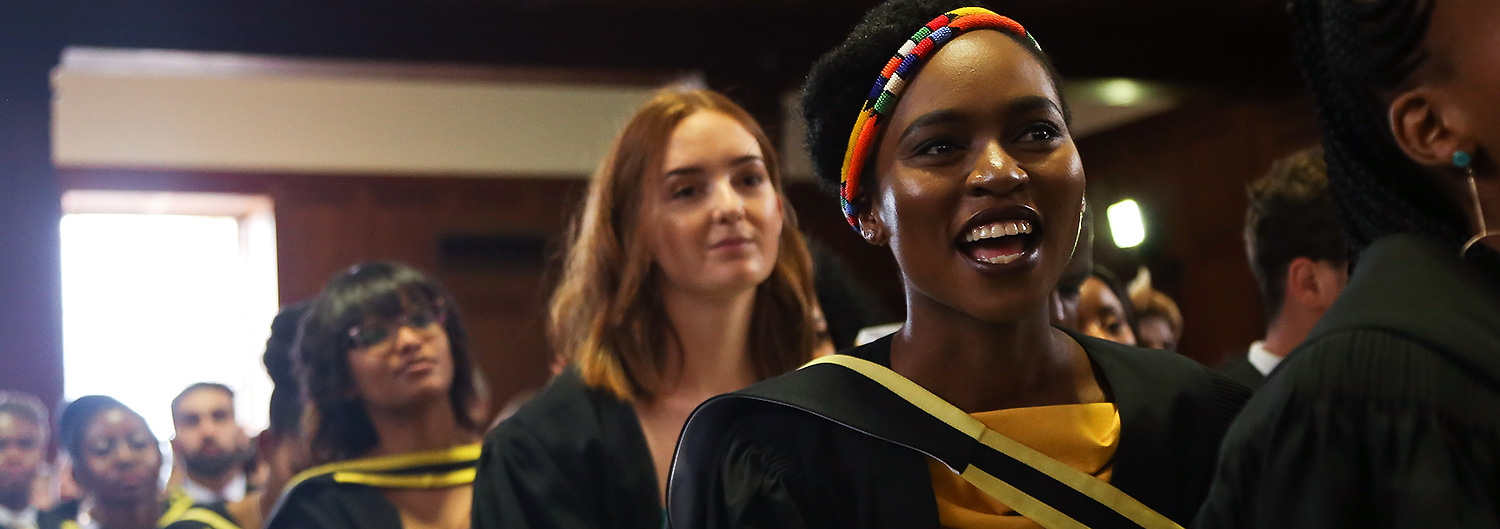
Full ceremony recordings
Creative works and book awards
UCT recognises and celebrates major creative works and outstanding books produced by members of staff at the university.
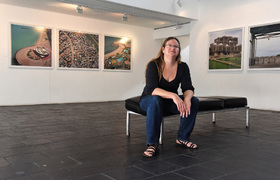
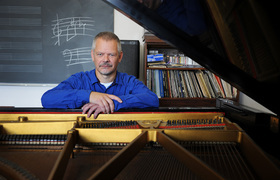
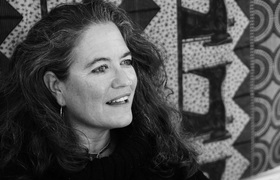
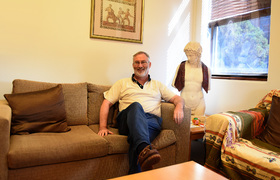
Inspired to achieve
Read about some of our remarkable students who are graduating this season.
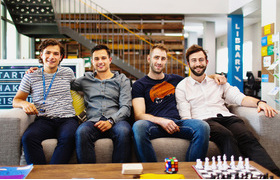
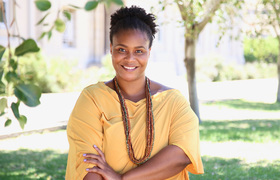
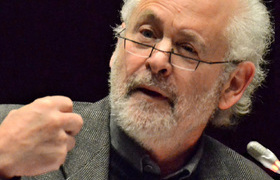
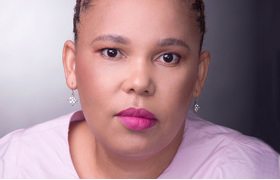
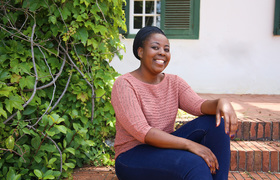
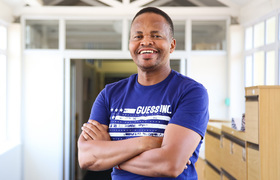
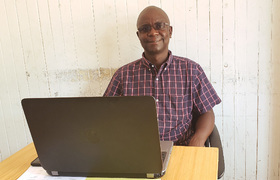

Golden memories
Members of the University of Cape Town’s class of 1968 will reunite to celebrate their Golden Graduation this week. Madi Gray, a veteran of the nine-day Bremner sit-in of 1968, will be among those UCT alumni celebrating this milestone.







